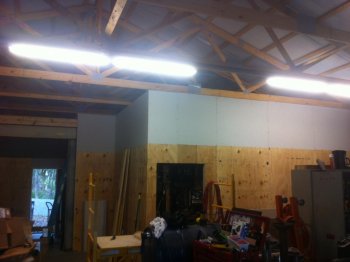I think there are a number of ways it can be done.....generally each maker gets "comfortable" with a specific methodology. That being said, the way I do it is to use the full scale(s), and using the knife/tang as a template, drill one scale, placing a pin in the hole after drilling each one, then do the opposite scale.
Afterward, with the scales "dry pinned" to the knife, I grind the scales down to the tang, all the way around (usually with a 50 grit). Then I shape and completely finish the front of the scales. Next, with the scales "dry pinned" in place, I Vaseline the blade and fronts of the scales. Then I "glue" the scales in place.... no shaping of the scales is done until the "glue" is cured. Trying to completely shape/finish scales before they are "glued" in place, can make your life miserable....if anything moves just a few thousandths of an inch, it can be the end of that particular knife. Of course there are some specific builds that make it almost a necessity to shape things prior to affixing the handle/scales, but those are very specific designs, and most will realize the extra time/effort those will require before they get to the handle.



